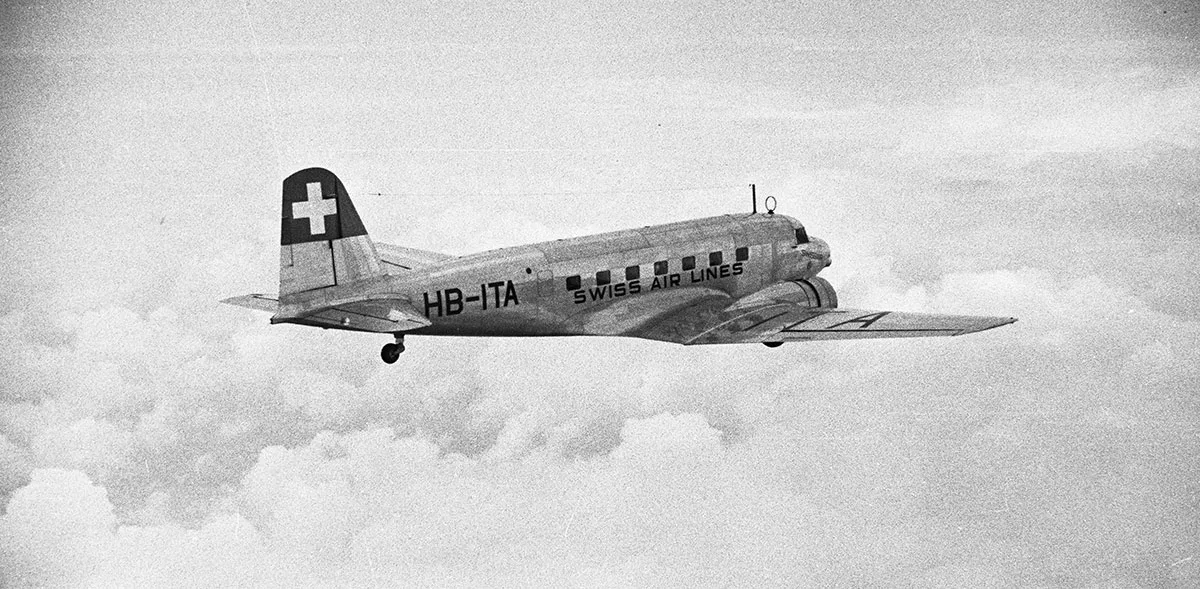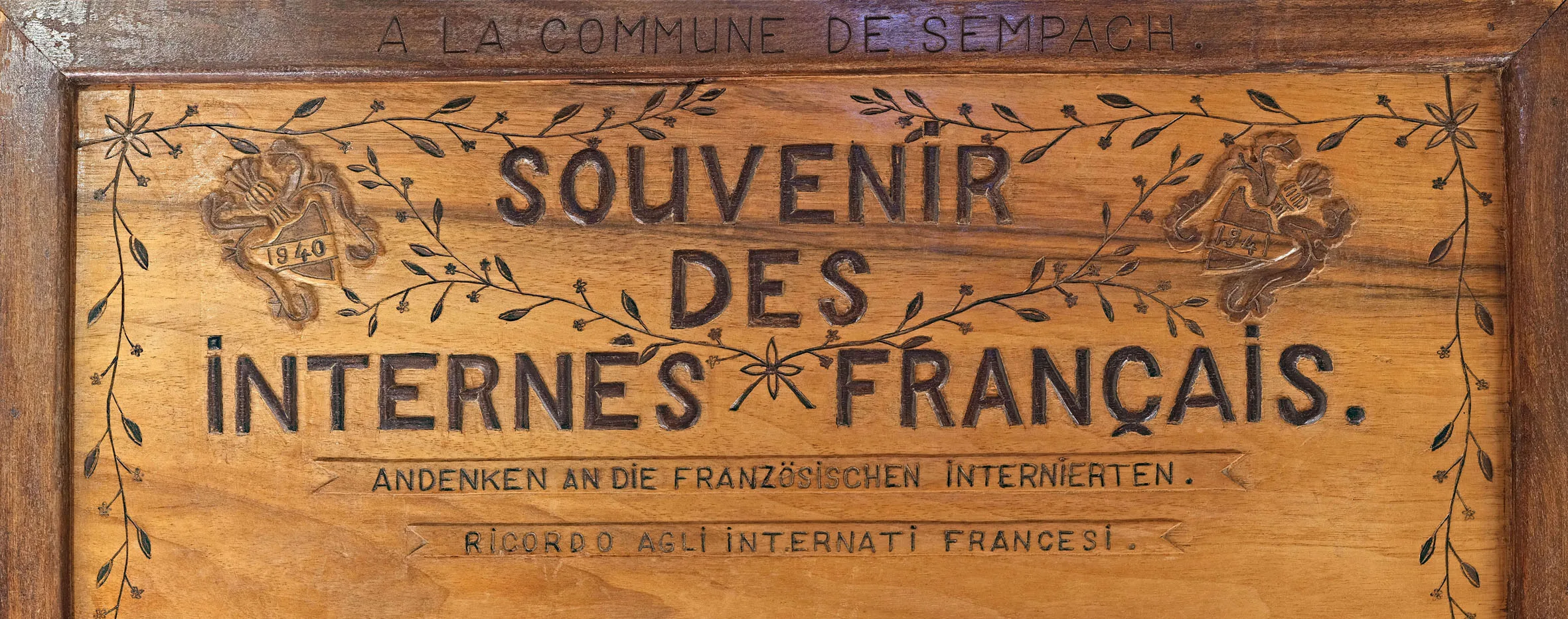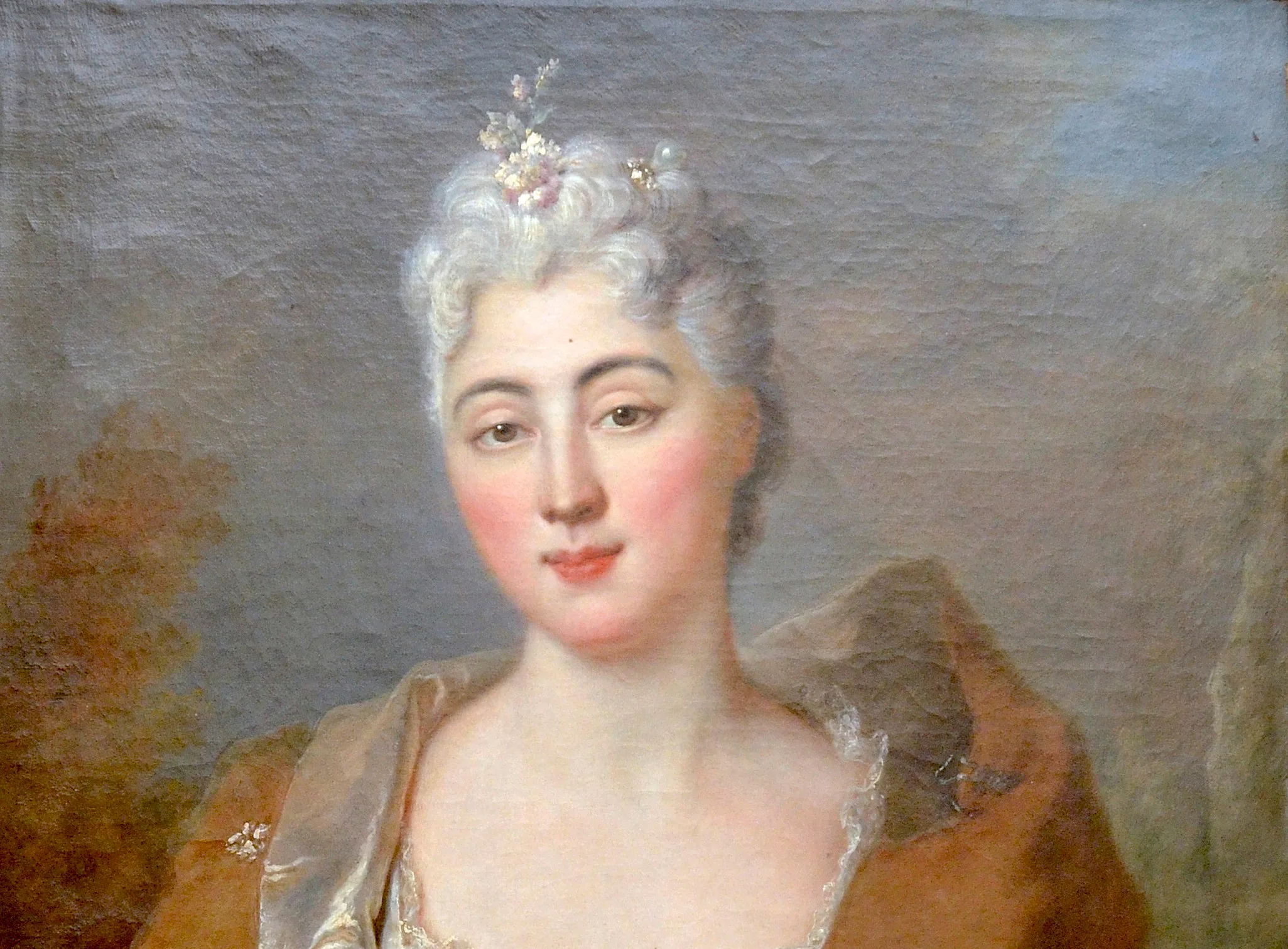
The tragic death of Queen Astrid
On 29 August 1935, Queen Astrid of Belgium dies in a car accident on Lake Lucerne. Just one day later, the whole world knows. Thanks to a resourceful Swiss photographer and the help of a well-known aviation pioneer.

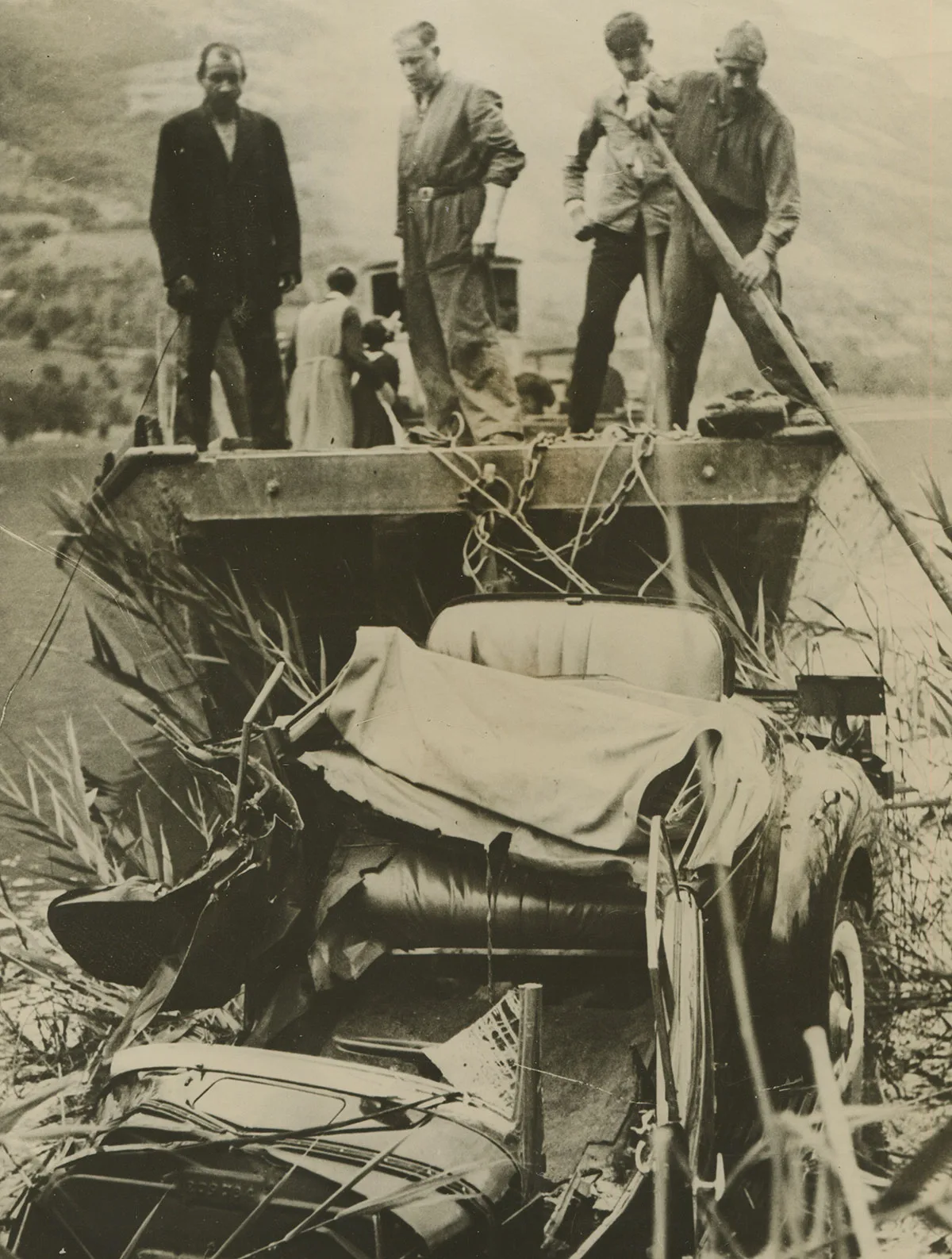
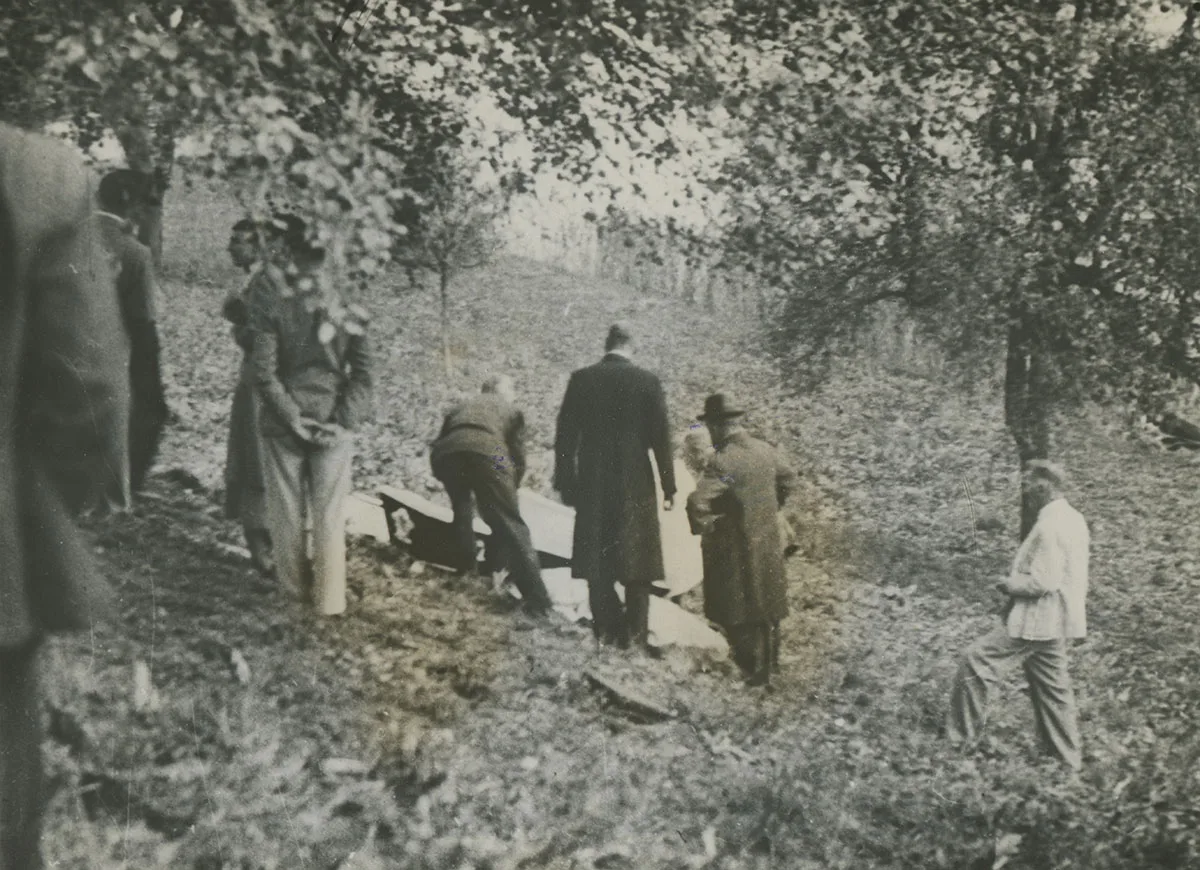
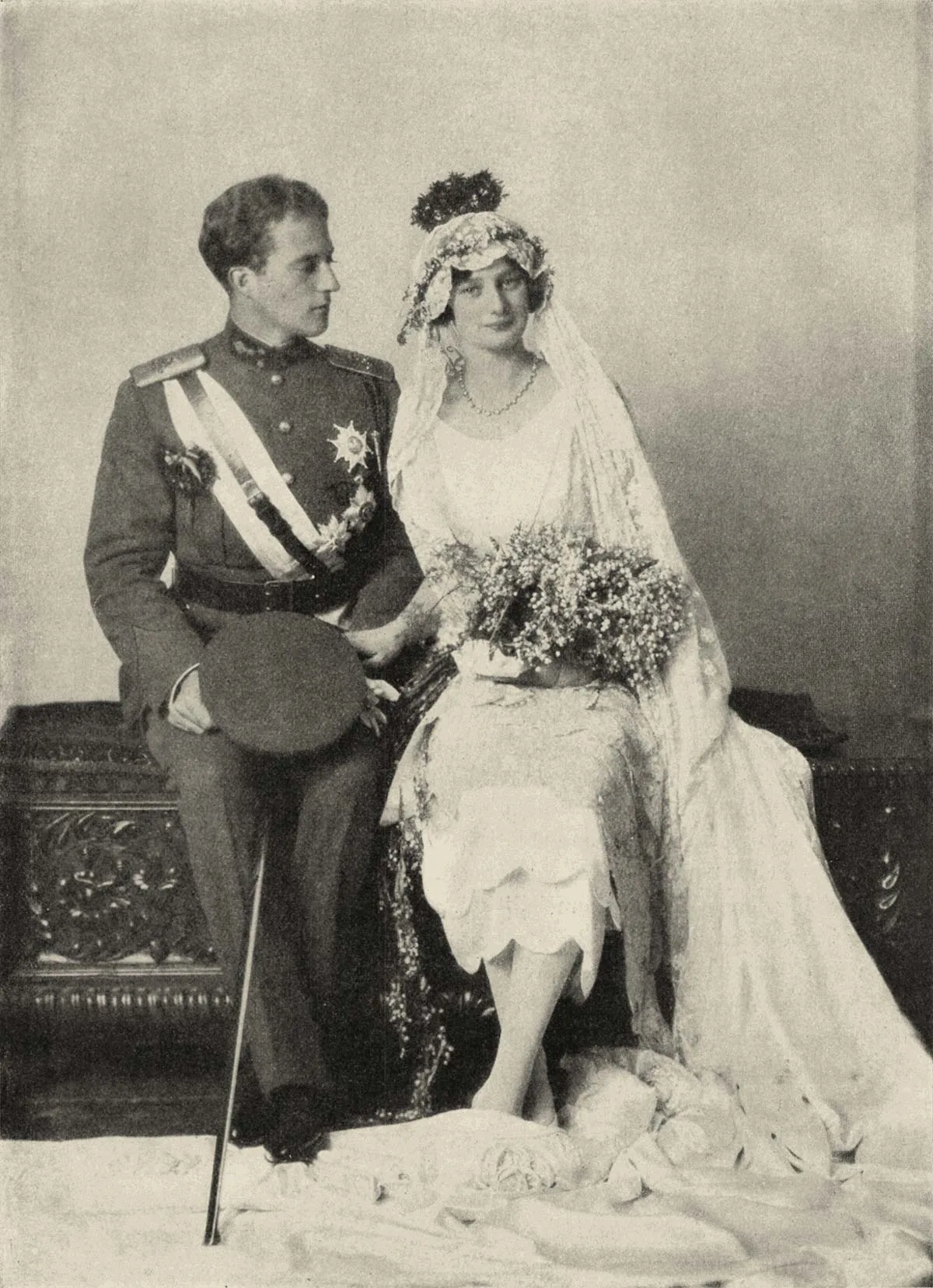
First night flight in Swiss aviation

